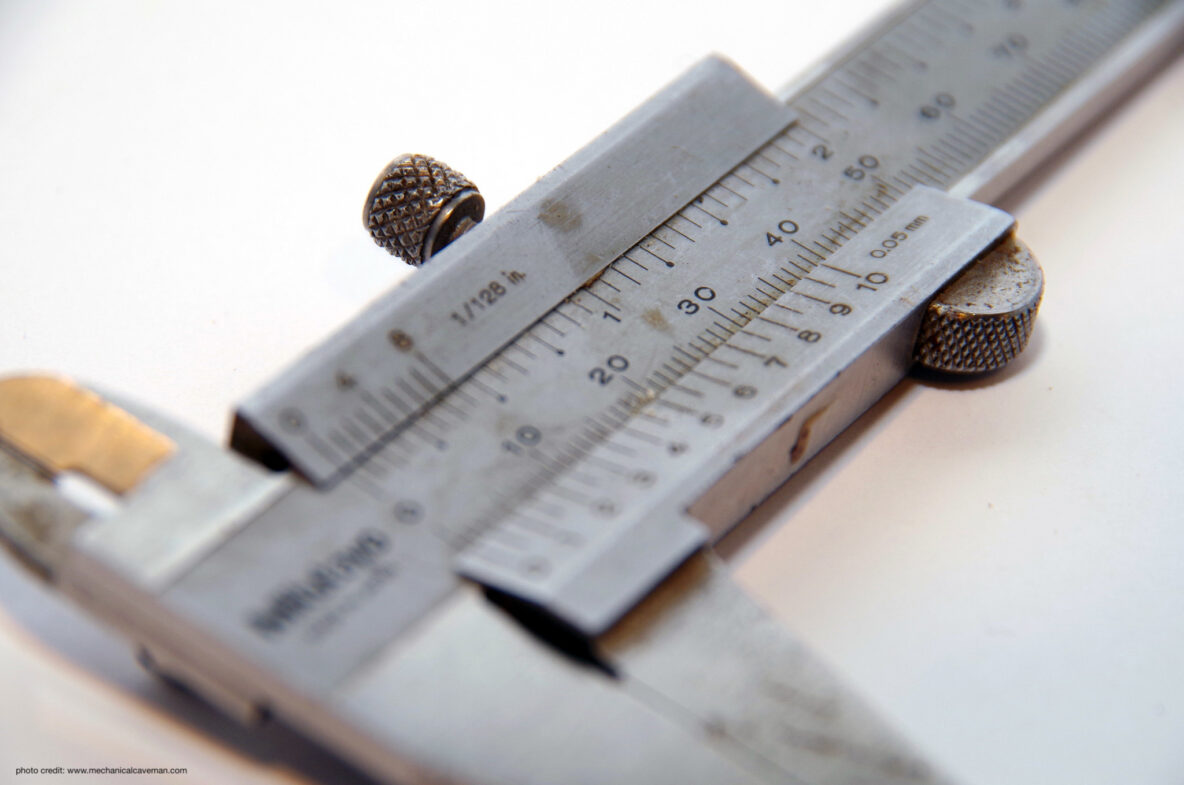How are you doing?
I’m still not dead yet. But that doesn’t tell you anything useful about how I’m doing – I might be scaling mountains at the weekend; I might be bed-bound and miserable1. ‘Not dead yet’ doesn’t tell you much – just like a company’s revenue, margin and active users don’t reveal all that much about how they’re doing. They’ll confirm the business is still afloat, but they don’t exactly illuminate a path forward.
Knowing what happened is interesting. But you can’t know what to do about it until you know why – it’s the why that’s actionable, and measuring against those whys will provide lasting insights that actually inform decision-making.
For example, let’s say you make a thing that people can buy. Are sales slipping because…
… your target market has less money to spend?
… there’s a new competitor doing it better / faster / cheaper?
… an influencer flamed your company on TikTok?
… your new checkout platform is less usable?
… you’ve saturated your initial market?
… people no longer want or need to own your product?
Every one of those reasons indicates a totally different course of action. Every one of those courses of action costs you time and money. How much of that time and money do you want to spend before you know you’re doing the right thing?
This is lesson 3 of Not Dead Yet: Measure the right things.
When you do, you gather data that not only tells you how you’re doing and what happened, but why it happened and what you might do about it. So how do you create a measurement system that does this? First, you have to understand the system you’re a part of (lesson 2) and articulate your purpose in those people’s terms (lesson 1). Then you can identify key points for both active research and passive measurement. Following these patterns over time will not only help you better understand your customers, market and impact, but can even help you anticipate future opportunities. Watching how your customer engages with your current product is a great way to discover the shape of your next one.
Or you could look at it this way: every single person who dies, technically dies of heart failure. But that doesn’t tell you anything useful when you’re, for example, dealing with a pandemic or a humanitarian crisis. It’s the ‘why’ that matters. ‘Why’ is always more important than ‘what’.
- Worry not, I’m somewhere in the middle. ↩︎
